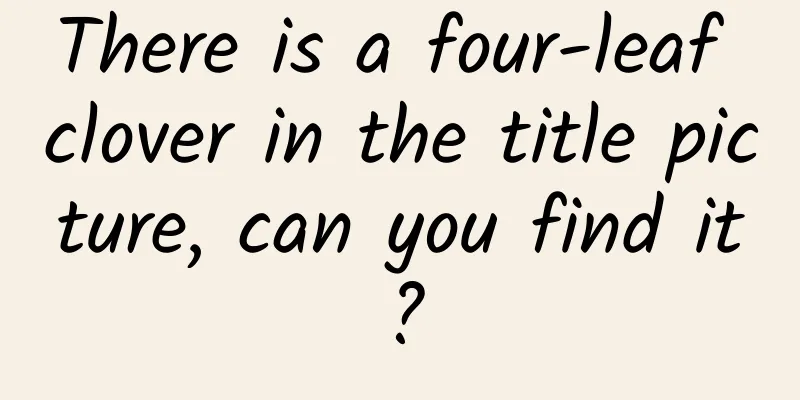The efficacy and function of Dingxinsan

|
The Chinese medicine Dingxinsan is already very familiar to most people. But in fact, not many people understand the effects and functions of the traditional Chinese medicine Dingxin San, so let’s talk about it below. [Source] It is the rhizome with petiole base of the Dinosaur Rosette Pteris of the Rosette Family. It can be harvested throughout the year; dig up the rhizomes, remove the petioles, slice them and dry them in the sun. [Original morphology] The plant is short and thin, about 70 cm tall. The petiole is about 30 cm long and 1 cm thick. The leaf blade is about 40 cm long, bipinnate, and consists of 3 to 4 pinnae; the pinnae are alternate, broadly oblanceolate, 40 cm long, about 12 cm wide above the middle, gradually narrowing to the lower part, about 3.5 to 4 cm wide at the base, the petiole is 1 cm long, and there is a narrow wing towards the top of the feather axis; there are about 25 pairs of pinnae, alternate, spreading, almost sessile, obliquely upward to the upper part, about 1.5 cm apart, the smallest at the base, only 1.7 to 2 cm long, long ovate, short acuminate, the middle one is 4 cm long, nearly caudate acuminate, the top one is 9 cm long, 1.5 cm wide, lanceolate, long acuminate, nearly rounded at the base, a pair of nearly opposite at the top, with triangular blunt serrations on the edge. Leaf veins slightly open, slender, alternately forked and simple, arching toward apex, retrograde false veins prominent. The leaves are thin herbaceous and scaleless underneath. The sori are very small and oblong. 【Habitat distribution】 Distributed in southern Zhejiang. [Properties] The dried rhizome has been cut into two pieces longitudinally, which are oblong, slightly twisted, about 7 to 10 cm long and 4 to 5 cm in diameter; there is a petiole residue at the top, which appears as a sunken scar after removal, and many golden hairs can be seen at the connection of the stem base, with numerous traces of microtubules; the surface is dark brown, wrinkled, and has sparse root marks; it is hard and light, and not easy to break. It has a slight fragrance and a slightly bitter taste. The best ones are big, firm and light. [Nature and flavor] Slightly bitter, cool in nature. 【Functions and indications】Calming the mind and unblocking meridians. Treat neurasthenia, schizophrenia, fever convulsions, joint pain, and coronary heart disease. [Usage and Dosage] For internal use: decoct in water, 0.5-1 liang (1-2 liang for fresh product); or stew for internal use. [Additional prescription] ① Treat neurasthenia, palpitations, insomnia, and memory loss: one liang of fresh Dingxin powder. Decoction in water. 【Excerpt】 《*Dictionary》 [Source] From "Common Herbs Used by Zhejiang Folks" Through the detailed introduction above, we have a good understanding of the efficacy and functions of the traditional Chinese medicine Dingxin San. I hope this can be helpful to everyone. |
<<: The efficacy and function of jackal
>>: The efficacy and function of jackal skin
Recommend
You may only live for 5 years in your life, and spend 3.75 years sleeping! Are you crazy envious, or are you impressed?
This article was reviewed by Lin Zhideng, PhD in ...
Is it still useful to boil Chinese medicine overnight?
Chinese medicine needs to be boiled in water befo...
Illegal transportation? Design defect? Insight into the Hubei highway bridge rollover accident
A highway bridge in Hubei has overturned, killing...
Go to the Xisha Islands to see the sea? No, go to see the soil!
“After returning from Xisha, I didn’t look at the...
What are the effects of gallnut pollen
What are the effects and functions of this gallnu...
The efficacy and function of Fritillaria cirrhosa[picture]
I don't know if you are familiar with Fritill...
The efficacy and function of stone crab
There are so many medicinal herbs in the world, a...
How to eat Astragalus and precautions
Urban people are under great pressure at work and...
Remember the "Yangshao Man" in textbooks? Archaeologists are trying to reconstruct their appearance!
China's archaeological sanctuary, the source ...
The efficacy and function of wild fungus
As a traditional Chinese medicinal material, wild...
The common coconut tree is not the "indigenous" of Hainan.
If you ask what the most common tree in Hainan is...
Are you an apple or a pear? This body type may increase your risk of colorectal cancer...
Compiled by: Gong Zixin Colorectal cancer is the ...
After Webb, space will welcome these detection artifacts
For humans, 2021 is coming to an end. But for ast...
How long does it take to treat uterine cold with Chinese medicine?
Uterine cold can cause irregular menstruation, am...









